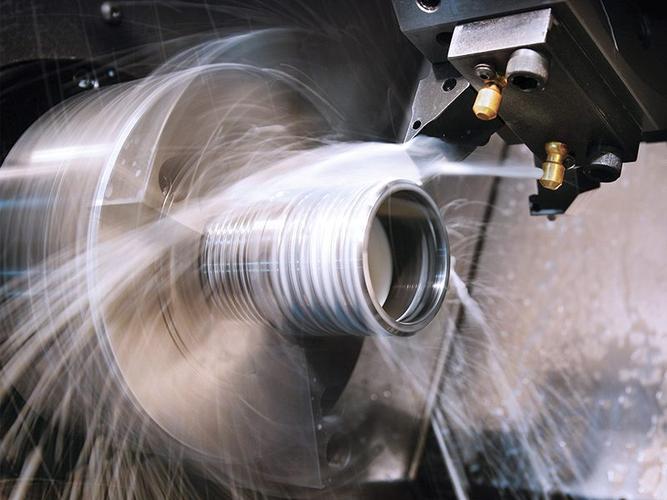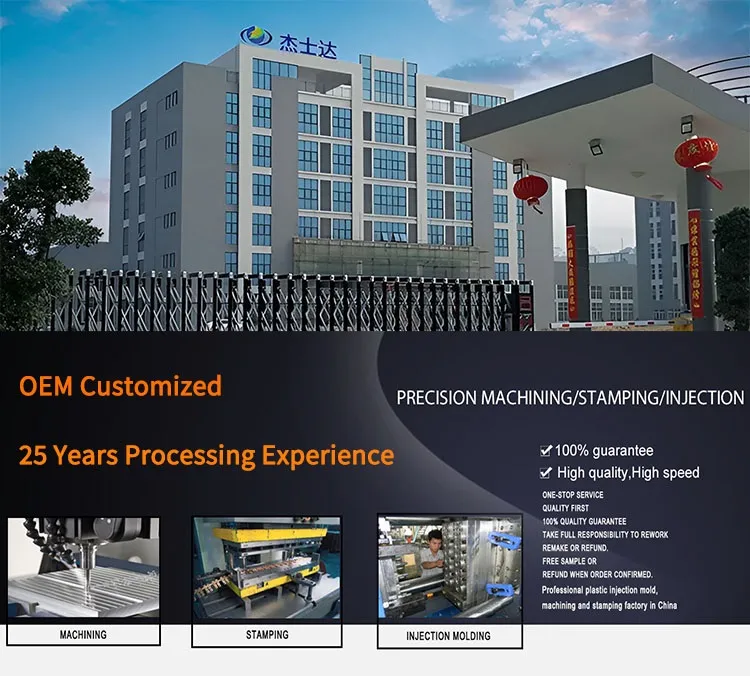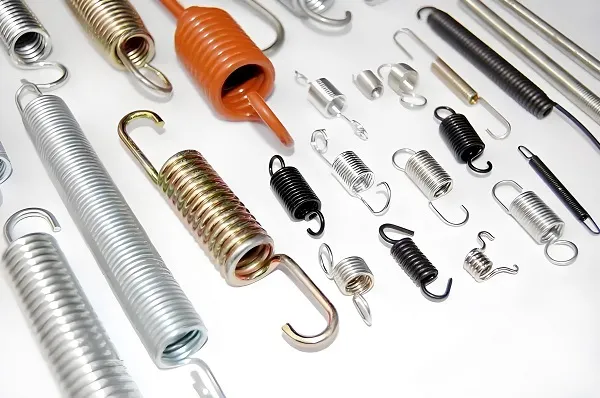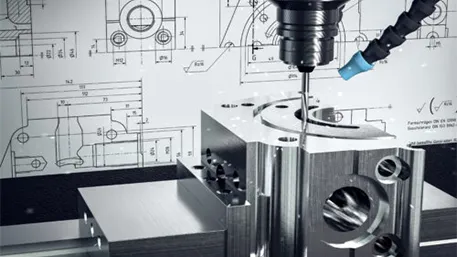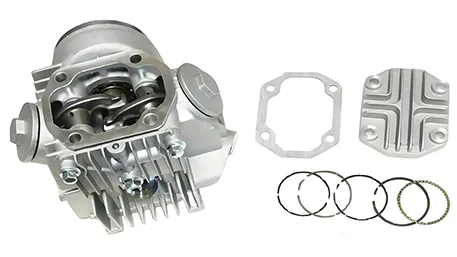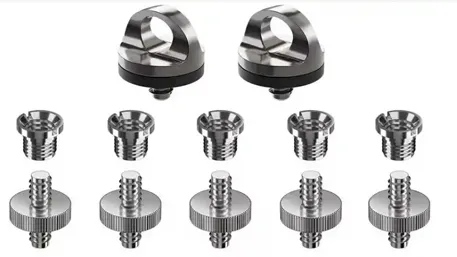In the ever – evolving landscape of modern manufacturing, Computer Numerical Control (CNC) machining stands as a cornerstone technology, enabling the production of highly precise and complex parts across diverse industries. However, for businesses and individuals alike, a common question looms large: How much does it cost to CNC a part? This seemingly straightforward query encompasses a multitude of variables, each contributing to the final cost in distinct ways. Understanding these elements is essential for effective cost estimation, budgeting, and decision – making in manufacturing projects.
Crucial Factors Influencing the Cost of CNC Machining a Part
Material – Driven Costs
The choice of material for a CNC – machined part is one of the primary determinants of cost. The manufacturing market offers a vast array of materials, each with its own price point and performance characteristics. Metals, such as aluminum, steel, and copper, are widely used in CNC machining. Aluminum, particularly alloys like 6061 and 7075, is popular due to its relatively low cost, excellent machinability, and good strength – to – weight ratio. In contrast, high – end materials like titanium and Inconel are significantly more expensive. Titanium, for instance, is highly valued in aerospace and medical applications for its corrosion resistance, high strength, and biocompatibility, but its extraction and processing complexities drive up the cost.
Beyond the material type, factors such as material grade, purity, and availability also impact costs. Special – grade materials with enhanced properties or those sourced from limited suppliers often come at a premium. Additionally, the quantity of material required, factoring in waste and scrap during machining, directly contributes to the overall material cost. For example, if a part requires a large – diameter bar stock of a specialty steel, not only is the per – unit cost of the material high, but the amount of material wasted during rough machining can further inflate expenses.
Geometric Complexity and Design Intricacy
The design complexity of a part plays a pivotal role in determining CNC machining costs. Simple parts with basic geometries, such as flat plates, cylinders, or prisms, generally require fewer machining operations and less programming time. These parts can often be produced on standard 3 – axis CNC machines using straightforward toolpaths, resulting in lower costs. On the other hand, parts with complex geometries, such as free – form surfaces, deep cavities, thin walls, or intricate internal structures, demand more advanced machining techniques.
For parts with irregular surfaces, multi – axis CNC machines (such as 5 – axis or even 6 – axis systems) are typically needed to achieve the required precision. Programming these machines is more challenging and time – consuming, as it involves generating complex toolpaths that navigate around the part’s contours. Specialized software and highly skilled programmers are often required, adding to the labor cost. Moreover, complex parts may necessitate the use of custom – made or specialized cutting tools, which are costlier than standard ones. For example, machining a turbine blade with its aerodynamic shape and tiny cooling channels requires precise 5 – axis machining and unique end – mills, significantly increasing the overall machining cost.
Machining Time and Labor Expenses
Machining time is a direct cost driver in CNC manufacturing. Since CNC machining services are commonly priced based on the time the machine is occupied, longer machining durations translate to higher costs. Several factors contribute to machining time, including the part’s size, material hardness, and the complexity of the machining operations. Larger parts generally take more time to machine due to the increased volume of material to be removed. Harder materials, like hardened steel or titanium, require slower cutting speeds and more robust cutting tools, extending the machining time.
The number of machining operations also has a substantial impact. A part that requires multiple operations, such as milling, drilling, tapping, and turning, will take longer to produce compared to a part with just one or two operations. Each operation requires tool changes, setup adjustments, and programming, all of which add to the total machining time. Labor costs are closely tied to machining time, as skilled operators are needed to oversee the CNC machines, load and unload parts, and ensure the machining process runs smoothly. The longer the machining time, the more labor hours are consumed, driving up the overall cost.
Tolerance and Surface Finish Requirements
Precision requirements, in terms of tolerance and surface finish, can significantly affect the cost of CNC – machined parts. Tight tolerances, which specify the allowable deviation from the desired dimensions, demand higher – precision machining equipment, advanced measurement tools, and more experienced operators. Meeting extremely tight tolerances, such as those in the aerospace or semiconductor industries (down to micrometers or even nanometers), often requires using high – end CNC machines with advanced control systems and thermal compensation features. These machines are more expensive to purchase, operate, and maintain, increasing the machining cost.
Similarly, high – quality surface finishes, like mirror – like polishing or specific texture requirements, involve additional machining steps and specialized processes. For example, achieving a fine – polished surface may require multiple stages of grinding, lapping, and polishing, each using different abrasives and tools. Specialized finishing techniques, such as electrochemical machining for intricate surface textures, also come with their own cost implications, including the need for dedicated equipment and consumables.
Batch Quantity and Economies of Scale
The quantity of parts to be produced in a batch has a profound impact on the per – unit cost. In CNC machining, there are significant upfront costs associated with programming the machine, creating fixtures, and setting up the production process. For small – batch production, these costs are spread over a limited number of parts, resulting in a higher per – unit cost. However, as the batch size increases, these fixed costs are 分摊 across more parts, leading to economies of scale.
For instance, if the setup cost for a CNC machining job is (1000 and only 10 parts are produced, each part bears a setup cost of )100. But if 1000 parts are produced, the setup cost per part drops to just $1. Additionally, mass production often allows for more efficient production planning, optimized tool usage, and reduced downtime between parts, further lowering the overall cost per unit. This is why large – scale manufacturers can often offer more competitive pricing for high – volume orders.
Methods for Calculating the Cost of CNC Machining a Part
Calculating the cost of CNC machining a part involves considering multiple cost components. While there is no one – size – fits – all formula, a general approach includes the following elements:(Total Cost = Material Cost+Machining Cost + Post – processing Cost+Overhead Cost+Profit Margin)
Material Cost Calculation
Material cost calculation begins with determining the volume of material required for the part, factoring in any allowances for machining waste. The volume is then multiplied by the unit price of the material, which can be obtained from suppliers or market price databases. For example, if a part requires 0.2 cubic meters of aluminum 6061, and the price of the material is (20 per cubic meter, the raw material cost would be )0.2 times 20 = $4. It’s important to account for additional costs such as material delivery, handling, and storage, especially for large or specialized materials.
Machining Cost Calculation
The machining cost is primarily based on the machining time and the hourly rate of the CNC machine and operator. The hourly rate of a CNC machine varies depending on its type, complexity, and precision. A basic 3 – axis CNC milling machine might have an hourly rate of (50 – )100, while a high – end 5 – axis machining center could cost (200 – )500 per hour. The operator’s wage is also factored into the hourly rate.
To calculate the machining cost, the total machining time (in hours) for the part is multiplied by the combined hourly rate of the machine and operator. For example, if a part takes 3 hours to machine on a 5 – axis machining center with an hourly rate of (300 (including the operator’s wage), the machining cost would be )3 times 300 = $900. This calculation also includes the cost of tool wear, as cutting tools need to be replaced periodically, and their cost is amortized over the number of parts produced.
Post – processing Cost Calculation
Post – processing operations, such as deburring, heat treatment, plating, painting, and assembly, contribute to the overall part cost. The cost of each post – processing step depends on the process complexity, the materials and equipment required, and the quantity of parts. For example, a simple deburring operation might cost a few dollars per part, while a complex electroplating process with strict quality requirements could cost tens of dollars per part. Assembly costs, if applicable, include the labor cost for putting together multiple components and any additional hardware or fasteners needed.
Overhead Cost Calculation
Overhead costs encompass all the indirect expenses associated with running the CNC machining operation, such as rent, utilities, equipment maintenance, insurance, and administrative salaries. These costs are typically allocated to each part based on a predetermined allocation method, such as the proportion of machining time or material cost. For example, if the monthly overhead cost of a machining shop is (50,000 and the total machining time for all parts produced in a month is 1000 hours, an overhead cost of )50 per hour is assigned to each part. If a part has a machining time of 2 hours, it would bear an overhead cost of (50 times 2 = )100.
Profit Margin Determination
The profit margin is added to the total cost to arrive at the selling price of the CNC – machined part. The profit margin percentage varies depending on the market competition, the complexity of the part, and the business’s financial goals. In a highly competitive market, profit margins might range from 10% – 15%, while for specialized or high – value parts, margins could be 20% or more. For example, if the total cost of a part (including material, machining, post – processing, and overhead) is (1000, and the desired profit margin is 15%, the selling price would be )1000 times (1 + 0.15) = $1150.
Strategies to Mitigate the Cost of CNC Machining Parts
Design – for – Manufacturing (DFM) Optimization
Implementing Design – for – Manufacturing principles at the product design stage can lead to substantial cost savings. Designers should aim to simplify part geometries, reduce the number of features, and use standard sizes and shapes wherever possible. For example, avoiding unnecessary undercuts, sharp corners, and complex internal passages can simplify the machining process and reduce the need for specialized tools and longer machining times. Designing parts with common manufacturing tolerances, rather than overly tight ones, can also lower costs without sacrificing functionality.
Material Selection Optimization
Careful material selection is crucial for cost control. Instead of defaulting to high – cost materials, engineers should evaluate alternative materials that can meet the part’s performance requirements at a lower cost. For instance, in some applications, plastic composites can substitute for metal parts, offering comparable strength and durability at a fraction of the cost. Additionally, working closely with material suppliers to negotiate better prices, taking advantage of bulk purchasing discounts, and exploring local sourcing options can further reduce material costs.
Process and Equipment Optimization
Optimizing the machining process involves selecting the most appropriate CNC machine, cutting tools, and machining parameters for the job. Using advanced machining techniques, such as high – speed machining or multi – tasking machines, can reduce machining time and improve productivity. Regularly maintaining and upgrading CNC equipment can also enhance its efficiency and reduce downtime, thereby lowering overall costs. Additionally, implementing lean manufacturing principles, such as minimizing setup times and reducing waste, can streamline the production process and lead to significant cost savings.
Strategic Batch Scheduling
Effectively managing batch quantities and production schedules can leverage economies of scale. By grouping similar parts together for production, companies can reduce setup times and tool changeovers, increasing overall efficiency. Analyzing historical demand data and forecasting future requirements can help in determining optimal batch sizes to minimize inventory costs while maximizing cost savings through volume production.
Real – World Case Studies
Case 1: Simple Plastic Enclosure
A company needed to produce 100 plastic enclosures for consumer electronics. The enclosures had a relatively simple rectangular shape with a few holes and slots. The material chosen was acrylonitrile – butadiene – styrene (ABS), which cost (5 per kilogram. Each enclosure required 0.1 kilograms of material, resulting in a raw material cost of )0.5 per part.
The machining was done on a 3 – axis CNC milling machine with an hourly rate of (60. The total machining time for each part was 0.2 hours, so the machining cost per part was )60 times 0.2 = (12. Post – processing involved simple deburring and cost )1 per part. Overhead costs were allocated at (5 per part. With a 15% profit margin, the total cost per part was ()0.5 + (12 + )1 + (5) = )18.5, and the selling price was (18.5 times (1 + 0.15) = )21.28.
Case 2: High – Precision Metal Component for Aerospace
An aerospace manufacturer required 20 high – precision metal components with complex curved surfaces and tight tolerances. The material used was titanium alloy, costing (100 per kilogram. Each component needed 2 kilograms of material, making the raw material cost )200 per part.
Machining was carried out on a 5 – axis CNC machining center with an hourly rate of (400. The machining time per part was 10 hours, resulting in a machining cost of )400 times 10 = (4000. Post – processing included heat treatment and precision polishing, costing )300 per part. Overhead costs were (100 per part. With a 20% profit margin, the total cost per part was ()200 + (4000 + )300 + (100) = )4600, and the selling price was (4600 times (1 + 0.2) = )5520.
In conclusion, the cost of CNC machining a part is a complex function of numerous interacting factors. By thoroughly understanding these elements, carefully calculating costs, and implementing cost – reduction strategies, manufacturers can make informed decisions, optimize their production processes, and remain competitive in the global manufacturing market. Whether it’s a small – scale production run or a large – volume manufacturing project, a comprehensive approach to cost management is essential for success in CNC machining.
